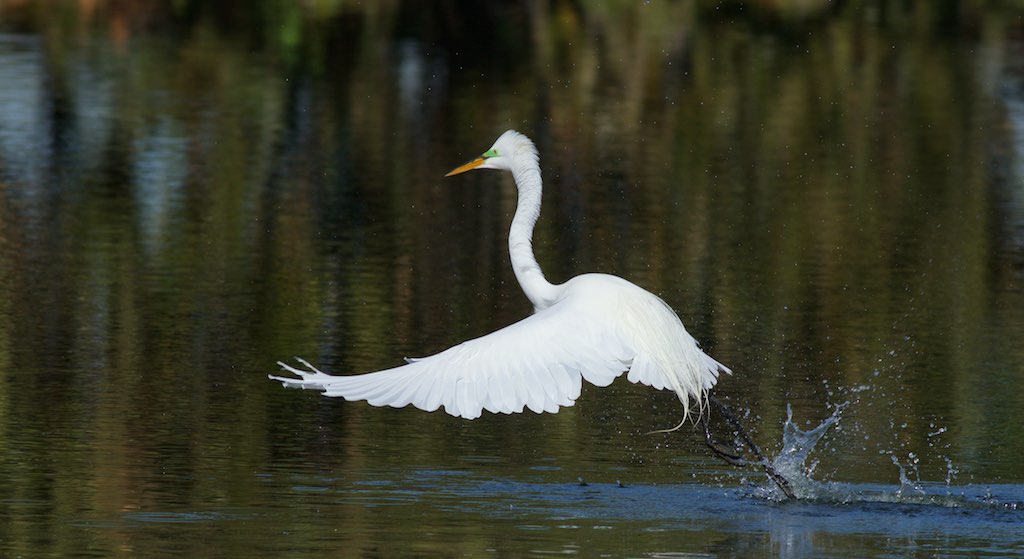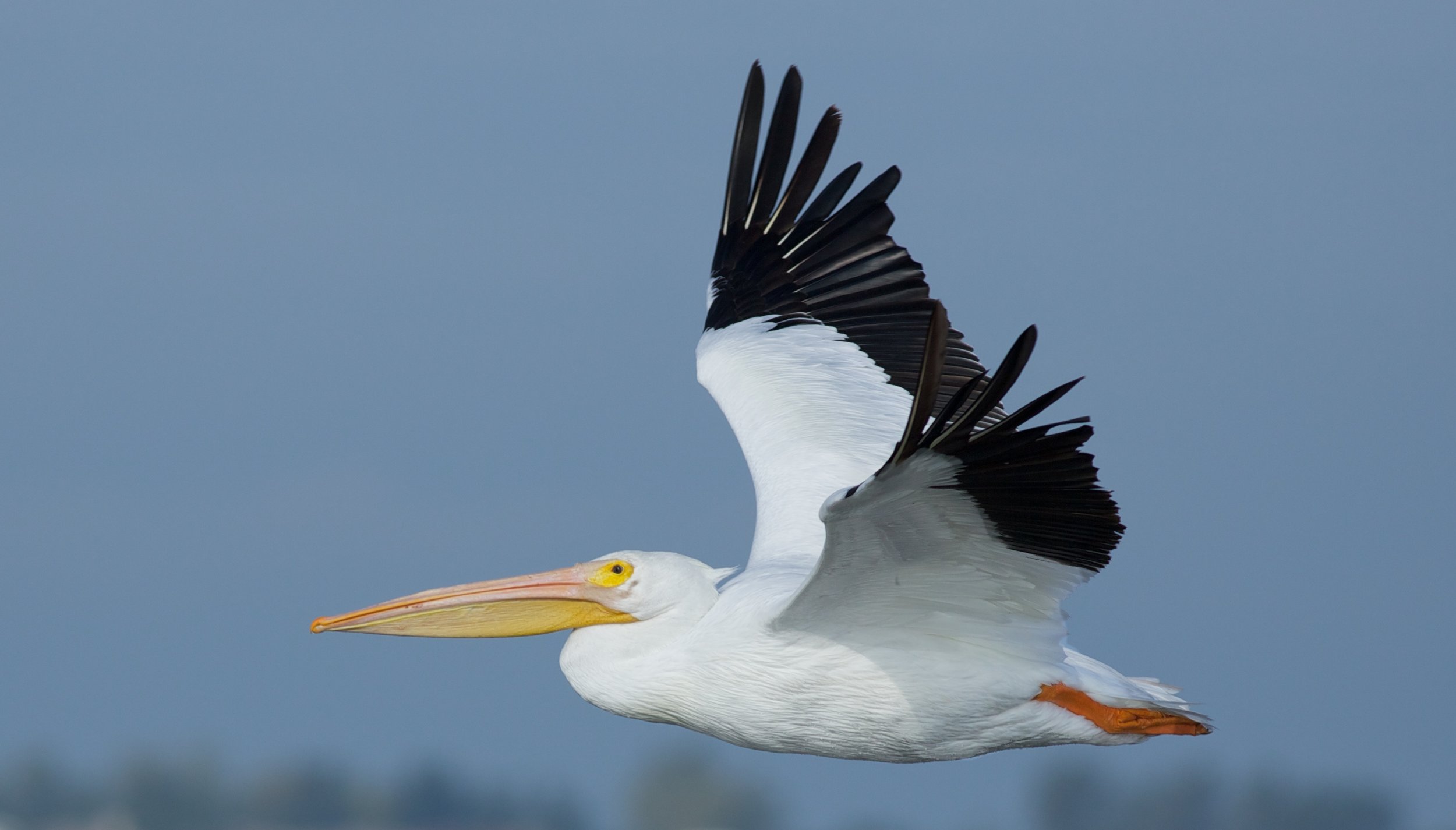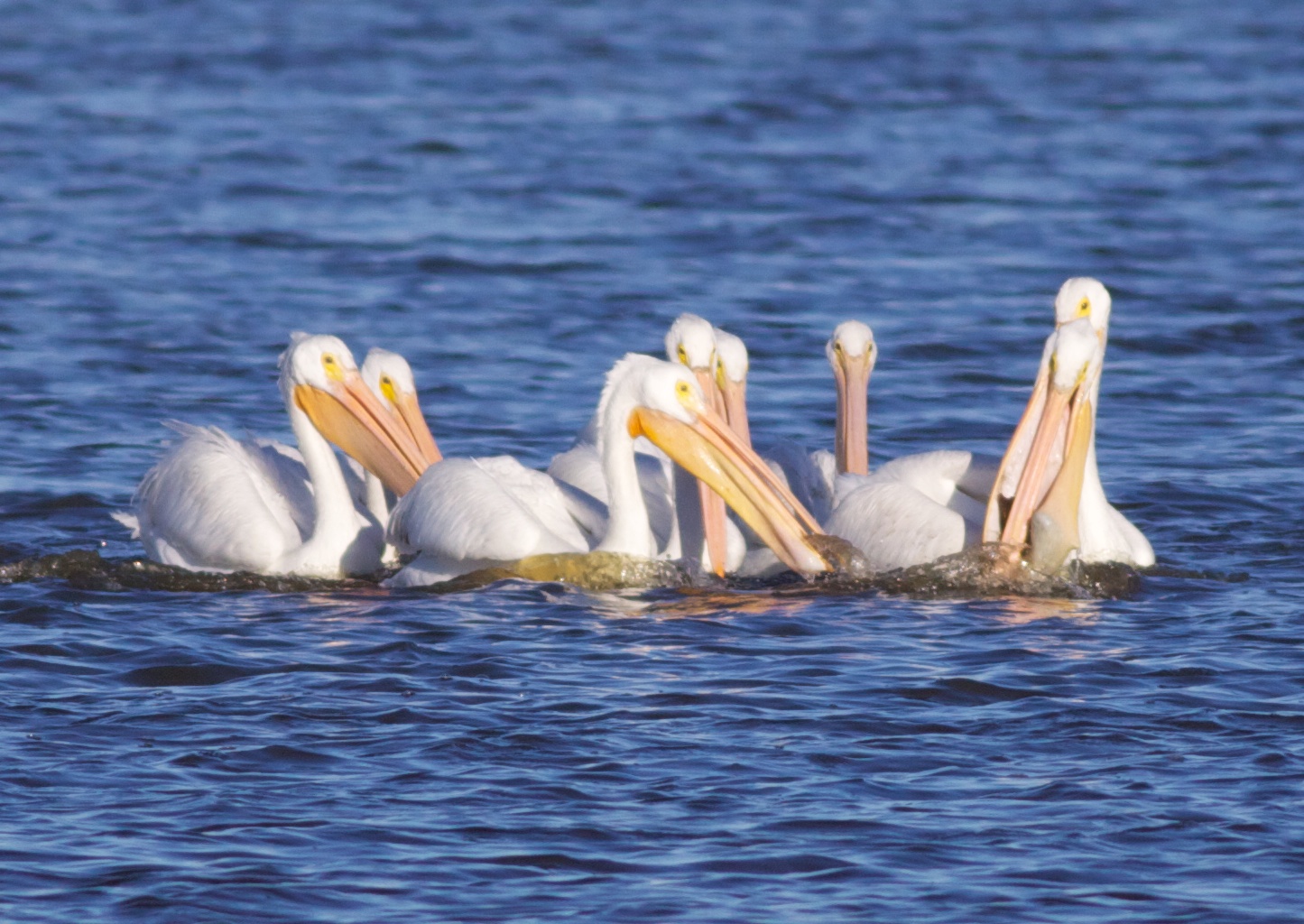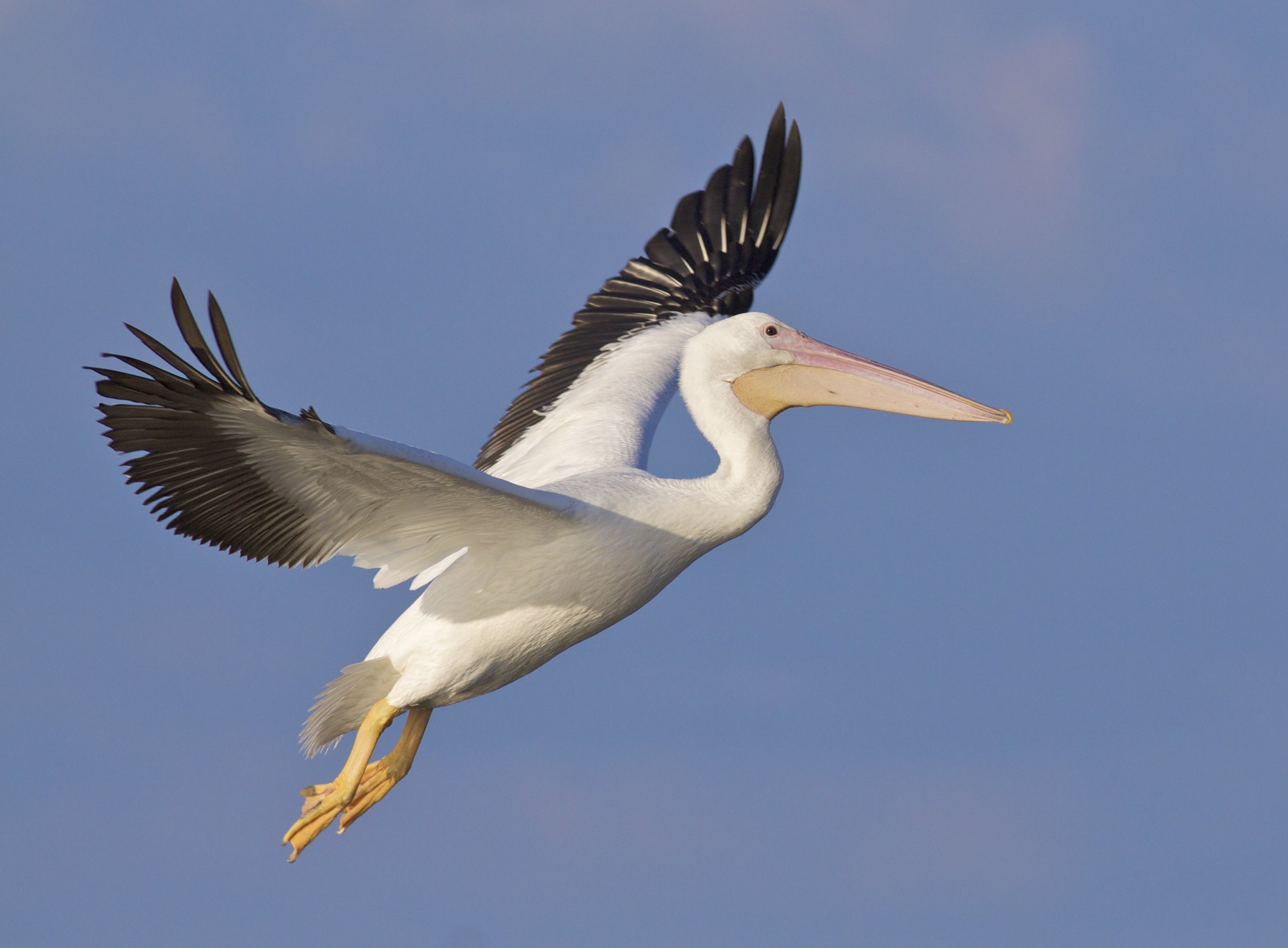For a field sparrow, no place can quite compare to dry shrubby grasslands with a sprinkling of trees. One of North America’s smallest sparrows insists upon upland thickets where gray dogwood, raspberry, and invasive honeysuckle and mulberry thrive in an unburned patchwork of prairie. A bouncing song—most resembling in rhythm a dropped ping-pong ball—eventually reaches a peak from a slow tweet to a rapid crescendo, frenziedly declaring its domain of little bluestem, dogwood, and oaks.
Field sparrows are common enough to be easy to find, yet distinctive in their habitat preferences so that one can often determine, simply by walking around and passively absorbing the structure of the vegetation, whether field sparrows might flock to a particular site. Yet even before an analysis of the vegetation concludes, field sparrows often make themselves known with that ping-pong song.
Field sparrow pair, photo by Drew Harry
My closest encounter with a field sparrow came a few years ago, when I was walking through the best spot for field sparrows in Faville Grove Sanctuary, just east of North Shore Road, where this year I recorded over twenty singing birds on a June morning. On this afternoon a few years back, a pair of sparrows flew right at me. I expected them to fly off course and avoid me, but these sparrows landed on vegetation just inches from me. For a split second, I felt flattered, and befriended. It was as if I had become Snow White, and these birds were to follow my every move. A veering Cooper’s Hawk quickly dispelled my Disney fable, and confirmed a pair of very smart field sparrows; flying at the top predator to avoid a lesser one.
Nesting in open areas across most of Wisconsin, field sparrows are most abundant in the southern and western parts of the state, and less frequent in the more heavily forested areas of northern Wisconsin. Openings of most kinds make good field sparrow habitat, so long as the ground is dry and there are enough shrubby structural components to make good breeding habitat. Over the course of the summer, field sparrow nests reach taller and taller heights. At the beginning of the nesting season, the birds will often nest on the ground, however, if a second brood is attempted, the birds will often build nests in shrubs and trees, especially once the foliage has filled out.
Field sparrow habitat, photo by Drew Harry
Upon hatching, researchers in Washington state have found that field sparrow parents raise their young with increasing care as the season progresses. As the chicks mature, the parents will make more and more visits to the nest (most often with food). This makes sense, as the chicks are growing and need more frequent feedings. Furthermore, as the brood size increases, so does the number of visits per minute by the adults.
While all of this may seem rote, it can have interesting applications in the field. For instance, seeing a field sparrow making frequent trips to a probable nest site will likely mean that the chicks are far along and close to fledgling. Additionally, if one saw this behavior today, in early August, it’s likely that the nest will be located in a higher location, possibly a tree. So not only could you estimate the chick’s age, you could also point yourself in the right direction of the nest.
On June 15th of this year, I found a field sparrow nest with four eggs, tucked neatly into a small gray dogwood bush. This nest was located where we might predict given the time of year, based on how close to the ground it was and the relatively sparse vegetation surrounding the nest.
Beyond nesting, field sparrows have developed an interesting trick to produce more offspring. Male field sparrows will often sing at night, and researchers sought to understand why a mostly diurnal bird might belt out song in the middle of the night. In fact, these birds were meeting extra-pair mates. Females responded to these songs mostly when they were reproductively ready and fertile. Wrapped in the dim light of the strawberry moon, field sparrows break their largely monogamous ways.
You can find field sparrows throughout Faville Grove Sanctuary, though the best spot to see the birds is east of North Shore Road. Arriving in early April and leaving sometime in October, these birds actually grace the landscape for a majority of the year with their white eye ring and distinctive pink bills. Right now you might be able to find recently fledged young, perhaps a second brood, foraging through shrublands and brush.
Written by Drew Harry, Faville Grove Sanctuary land steward



















